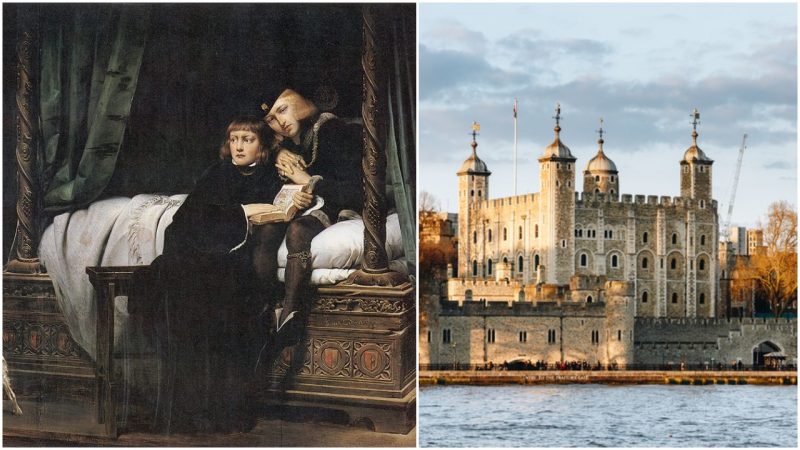More than five centuries have passed since, and people might still wonder: what exactly happened with the two children of King Edward IV, who reigned England from 1461 until his sudden death in the spring of 1483?
The two princes, both heirs to the English throne, vanished just months after their father passed away.
One of the most popular theories, widely accepted among historians, has been that King Richard III, brother of Edward IV and uncle of the boys, was responsible for their death.
He was never held accountable for such a wrongdoing, though many deemed he had just enough motives to proceed with an unthinkable crime.
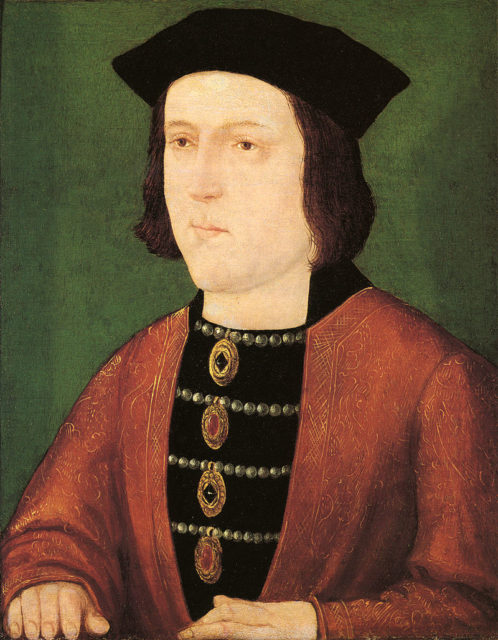
When Edward IV died on April 9, 1483, Richard’s path to the throne was still not clear. Edward V, the older of the two princes, at only 12 years of age, was declared King Edward V of England. His uncle Richard, then the duke of Gloucester, became protector of the realm due to the king’s young age.
Richard’s appointment was not accepted by the family of Edward V’s mother, the Woodvilles. His resolution to the ensuing conflict to control the young king was to ambush the group as they were traveling with to London Edward and his 9-year-old brother, Richard of Shrewsbury, Duke of York.
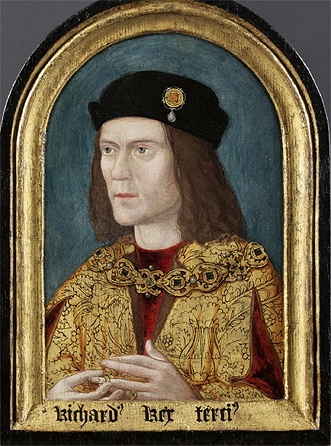
The Woodville party were arrested and the princes accommodated in the Tower of London. Richard put forward his claim to the that the marriage of Edward IV and Elizabeth Woodville was invalid, therefore the princes were illegitimate and as such could not take the throne.
He was proclaimed King Richard III on June 26, 1483. The two princes were not seen again.
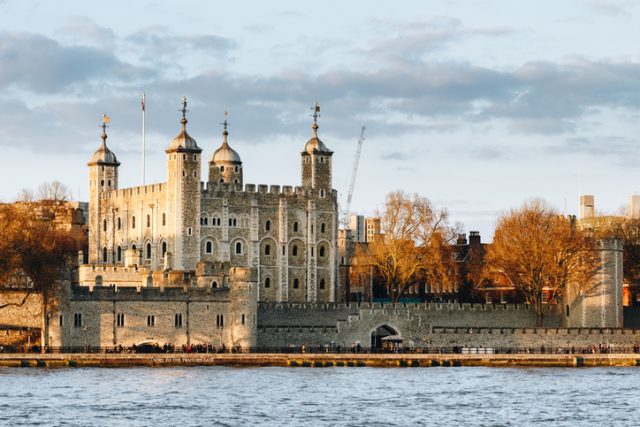
Clearly, the disappearance of the young princes remains a huge riddle in the history of Britain. The case quickly conquered public imagination. Shakespeare would later portray King Richard III as a heinous uncle in his historical play, Richard III from 1633. The mystery would even haunt detectives in the 21st century.
Several aspects shadowed the case of how and why the two princes vanished from everyone’s eyes.
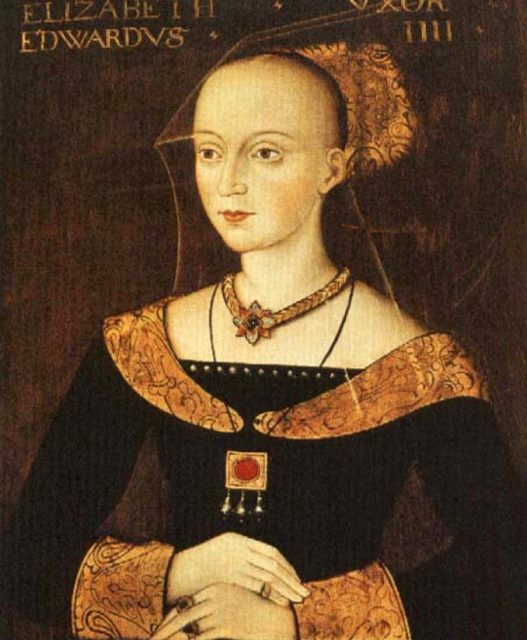
If they were dead, was there an appropriate quest for their bodies? Did the reigning king — their uncle — provide an appropriate place where people could pay a tribute? No relic was left, no place where people can come.
24 Ultimate Shakespeare insults and put downs
The remains of the two boys were simply missing. This fueled anger among King Richard III’s opposition. People could only assume what really happened.
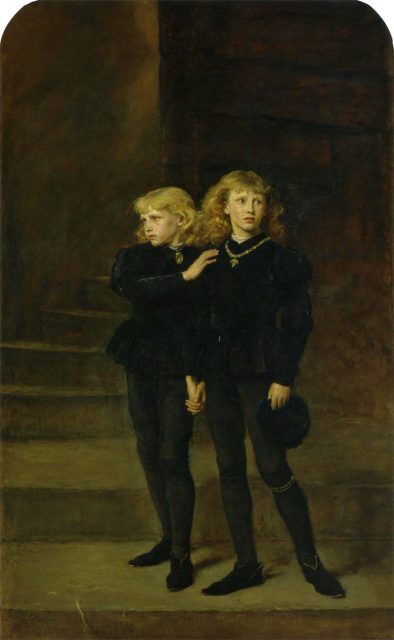
All along, there was more than just one suspect for the assumed murder. Some have speculated the wrongdoer was Henry VII (Henry Tudor), a rival to Richard III, and who himself contested the throne.
According to historians, Henry was not in England when Edward and Richard vanished. However, he might have arranged their murder after the coronation of Richard III.
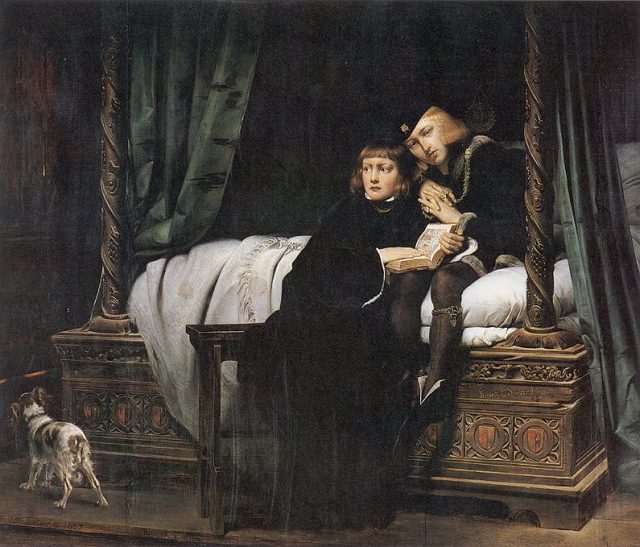
Henry did defeat Richard III at the Battle of Bosworth in 1485, which in a way gave him a claim to the throne by the right of conquest.
If Edward V and his brother were still alive at that point, they would be still next in the line of succession. Which is why Henry would have wanted them dead.
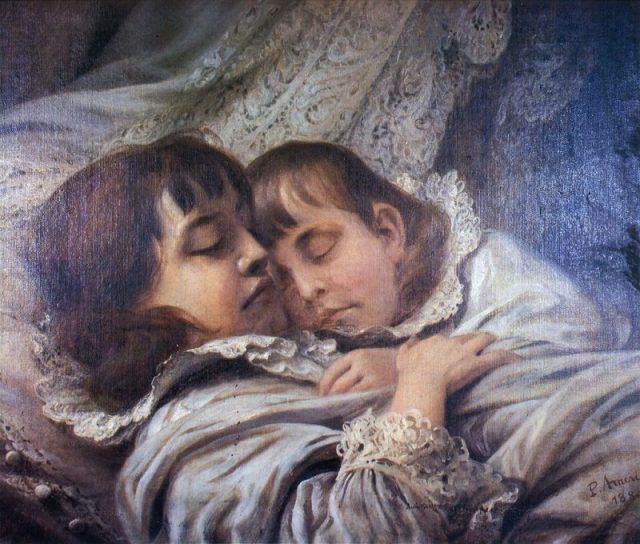
Perhaps a more proper explanation to what happened was given in a 1513 book penned by Thomas More, titled The History of King Richard III. It reveals a third suspect.
This book claimed that Sir James Tyrrell, an English knight and a devoted servant of King Richard III, had acknowledged culpability for the death of the princes.
Following the wishes of the king, Tyrrell sent two agents, named Miles Forrest and John Dighton. They strangled the boys when they were sleeping, after which their remains were buried “at the stair-foot, meetly deep.”
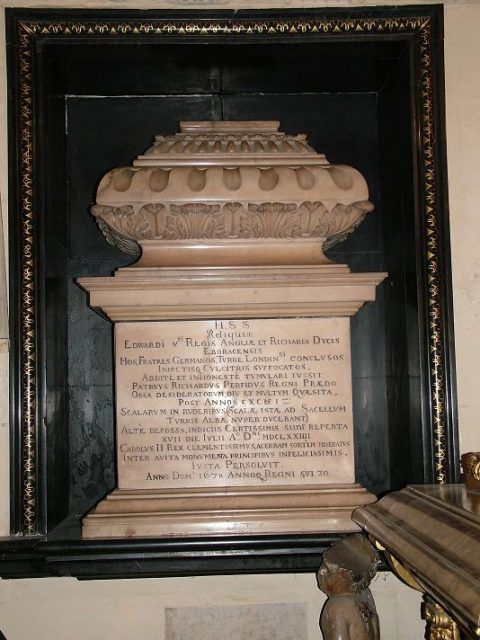
Aside from More’s book that is biased against Richard III, no other official document spoke of Tyrell’s confession. Shakespeare likely read More’s work before writing his 1633 play. The iconic playwright further portrayed Tyrell as a murderous figure.
Finally, it happened that in 1674, an employee at the Tower of London stumbled upon two skeletal remains buried beneath a stone staircase leading to the tower’s chapel. It seems the remains of the two princes were eventually found. They were placed in urns and deposited in the Henry VII Chapel in Westminster Abbey.
In 1933, the remains were disinterred from the Abbey and examined by medical personnel. It was confirmed that the two skeletons belonged to children. More recent analysis, however, casts doubt that the “bones in the urn” are related to Richard III. The mystery continues.
